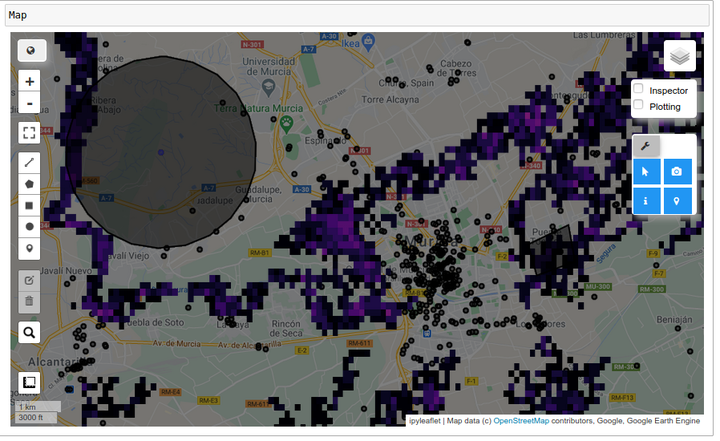Weather Induced Hazards and COVID-19
Copernicus Barcelona Hackathon 2020

We developed an integrated framework with innovative solutions to deal with the combined effect of natural hazards and COVID-19, with the ability to increase disaster preparedness using early warning systems (EWS) and by assessing the humanitarian needs. It aims to provide services to communities and cities to protect themselves from multi-hazard risks and provide actionable information to reduce multi-hazard impacts.

The main innovation is the combination of all the emergency management services in the context of the recent changes due to COVID-19 considering the local restrictions and measures taken in the area to prevent the spread of the virus while doing the precautionary actions to reduce the risk associated to other natural hazards, presenting the shelters location, shelters capacity and most suitable evacuation routes in real time, all this in one online interactive map.
The tools and data sources used are:
- Python
- Natural Hazard Maps
- Official COVID-19 Data (Real Time/Social Media)
- Open Street Maps
- Copernicus EWS (EFAS/GloFAS Data)
- Web Map Server
- Google Earth Engine
- Exposure & Vulnerability data
All these tools were processed and combined with Google Earth Engine in Python mainly utilizing the EE and GEEMap module capabilities to generate interactive maps.
In this case, we focused on the analysis with the combination of flood risk and COVID-19, but this can be further developed in different combinations of other natural hazards like fires, earthquakes, air quality and for COVID-19 or future epidemics.
NEWS
Copernicus Barcelona Hackathon - IHE Delft teams awarded 2nd and 3rd place
